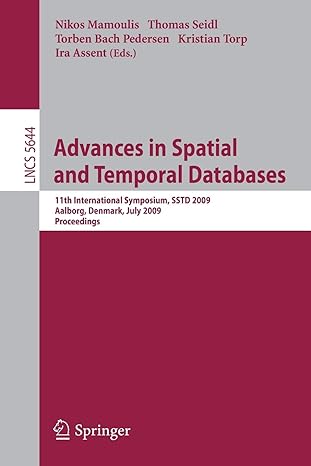Question
POLYMORPHISM Chapter 9 Inheritances and Interfaces (Java) 1. Assuming the following classes have been defined: public class First { public void method2() { System.out.println(First2); }
| POLYMORPHISM Chapter 9 Inheritances and Interfaces (Java) 1. Assuming the following classes have been defined: public class First { public void method2() { System.out.println("First2"); }
public void method3() { method2(); } }
public class Second extends First { public void method2() { System.out.println("Second2"); } }
public class Third extends Second { public void method1() { System.out.println("Third1"); super.method2(); }
public void method2() { System.out.println("Third2"); } }
public class Fourth extends First { public void method1() { System.out.println("Fourth1"); }
public void method2() { System.out.println("Fourth2"); } }
And that the following variables have been defined: First var1 = new Second(); First var2 = new Third(); First var3 = new Fourth(); Second var4 = new Third(); Object var5 = new Fourth(); Object var6 = new Second(); What is the output produced by each statement below? If the statement produces more than one line of output, indicate the line breaks with slashes as in "a/b/c". If the statement causes an error, write either "compiler error" or "runtime error" as appropriate and explain the reason to have an error in a comment line. Comment out any statements that cause a compile or runtime error so that you can run the whole program and please respond with that program in your response as well. Statement: var1.method2(); var2.method2(); var3.method2(); var4.method2(); var5.method2(); var6.method2(); var1.method3(); var2.method3(); var3.method3(); var4.method3(); var5.method3(); var6.method3(); ((Second)var4).method1(); ((Third)var4).method1(); ((Second)var5).method2(); ((First)var5).method3(); ((Third)var5).method1(); ((First)var6).method3(); ((Second)var6).method1(); ((Second)var6).method3(); |
Step by Step Solution
There are 3 Steps involved in it
Step: 1

Get Instant Access to Expert-Tailored Solutions
See step-by-step solutions with expert insights and AI powered tools for academic success
Step: 2

Step: 3

Ace Your Homework with AI
Get the answers you need in no time with our AI-driven, step-by-step assistance
Get Started


